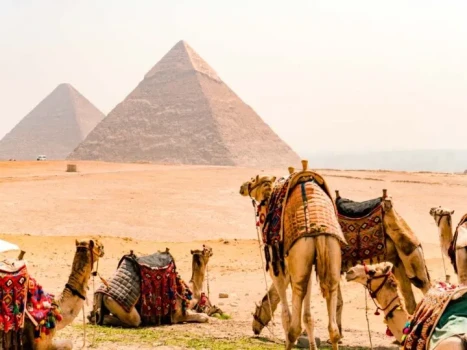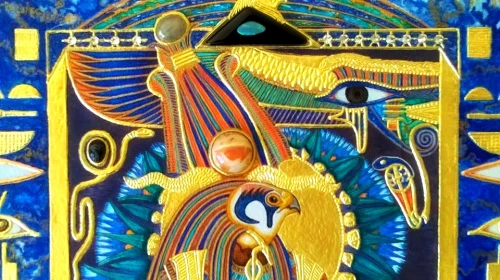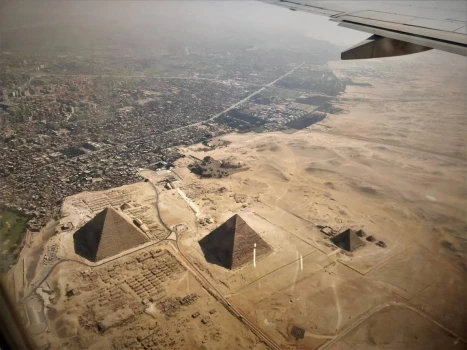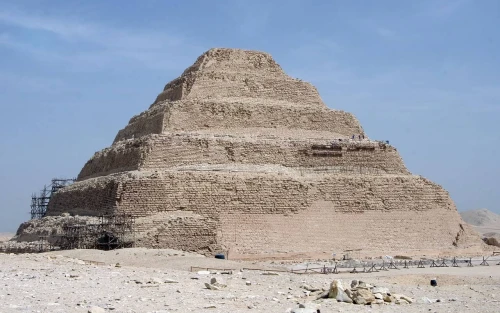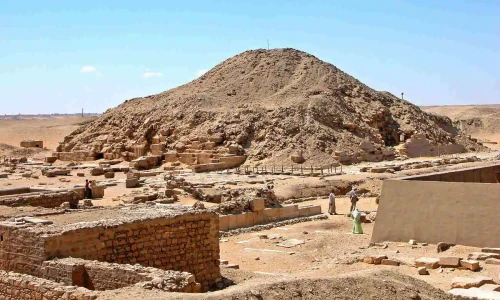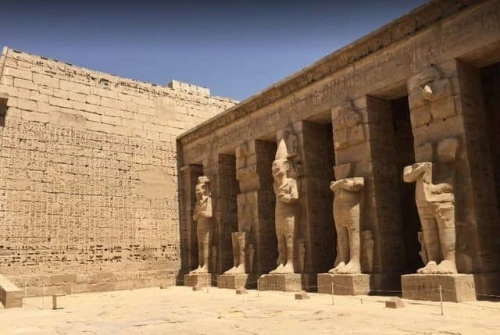
Tourism in Luxor
Tourism in Luxor, also known as Ancient Taiba, is distinct from tourism in other tourist destinations in Egypt because Luxor is home to the majority of Egypt's pharaonic monuments, which account for two-thirds of all monuments in the world, and it is encircled by the sweet, alluring Nile River, which narrates legends and stories that we will learn about in-depth during our tour in Luxor.
Best Luxor Hotels
Luxor Egypt has a wide range of high-end hotels that vary in the level of services and prices to suit different budgets, but they all agree on one thing: its charming view or its proximity to the banks of the Nile and the most popular tourist attractions in Luxor.
The best places to travel in Luxor
Luxor is packed with dozens of attractions and monuments that attract thousands of tourists every year to enjoy its breathtaking beauty and listen to the stories of its ancient history. To the most important tourist attractions in Luxor, we will take a short trip with you now.
Luxor Karnak
Temple is One of Luxor's most famous tourist attractions thanks to its 10 great buildings and eight eye-catching gates spanning 60 acres north of the city. Karnak Temple is one of the largest temples of Pharaonic Egypt, with a collection of monuments under the roof of one temple, which is classified as one of the most important tourist sites in Luxor.
Valley of the Kings in Luxor
One of the top tourist attractions in Luxor explores 120 graves built in the pharaonic style of the kings and nobles of the dynasties of 18–20, which review the customs of ancient Egyptians for burying the dead and preparing them for the afterlife.
Valley of Queens in Luxor
It is devoted to ladies from pharaonic royal families and their relations, is situated close to the Valley of the Kings, and shares similarities with its construction, origin, and history. It is regarded as one of the most significant tourist attractions in Luxor.
Colossi of Memnon
On the West Bank of Luxor, on the road to the Taiba Cemetery in Luxor, the Valley of the Kings, two sculptures that are among the most iconic sights to see when travelling through Luxor are two statues also known as horrible statues and frequently the subject of folklore. Arriving from the East Bank that were each around 21.90 metres tall and constructed in the 14th century BC.
Temple of Hapo Luxor
One of the largest Egyptian funerary temples dating back to the modern Pharaonic period, namely the 20th dynasty, was built by King Ramses III to glorify the God Amun. The temple, located in the city of Hapo in Luxor, bears the name of a Coptic priest who lived in the monastery built between the temple walls until the 7th century AD and is considered one of the best tourist sites in Luxor.
Hatshepsut Temple
Your trip to Luxor cannot be considered a tourist without visiting Hatshepsut temple, the largest and most famous funerary temple in Egypt's ancient history and the most distinguished in its architecture, the temple unlike other temples is built in the form of 3 floors of limestone dating back to the 18th dynasty.
Temple of Luxor
One of Luxor's most fascinating tourist attractions is to enjoy statues and obelisks from the 18th and 19th dynasties and their hieroglyphic inscriptions glorifying The God Amun and his family.
Luxor Museum
One of Luxor's best tourist attractions dates back to the mid-1970s, but as a reality, it showcases Egypt's 4,000-year history from pharaonic to Islamic. Luxor Museum occupies an area of 16,000 square meters from the east bank of the Nile and is bordered by the most important monuments of Luxor from every direction.
Luxor International Park
Many believe that tourism in Luxor is not only archaeological tourism that lacks the fun and entertainment that family trips with children may require, but in fact, Luxor has a series of green gardens, the most famous of which is the International Garden, where the garden meets the enchanting freshwater.
 English
English
 Spain
Spain

